The roadkill opera journey began on a cold night in Chicago. When I moved to Evanston, Illinois, for college, I brought my Onkyo receiver and my cassettes. No classical in my collection, though, as I relied on my father’s albums when home in Nashville. To fill the gap, I began recording off the FM classical station, simply recording over the stuff I didn’t like.
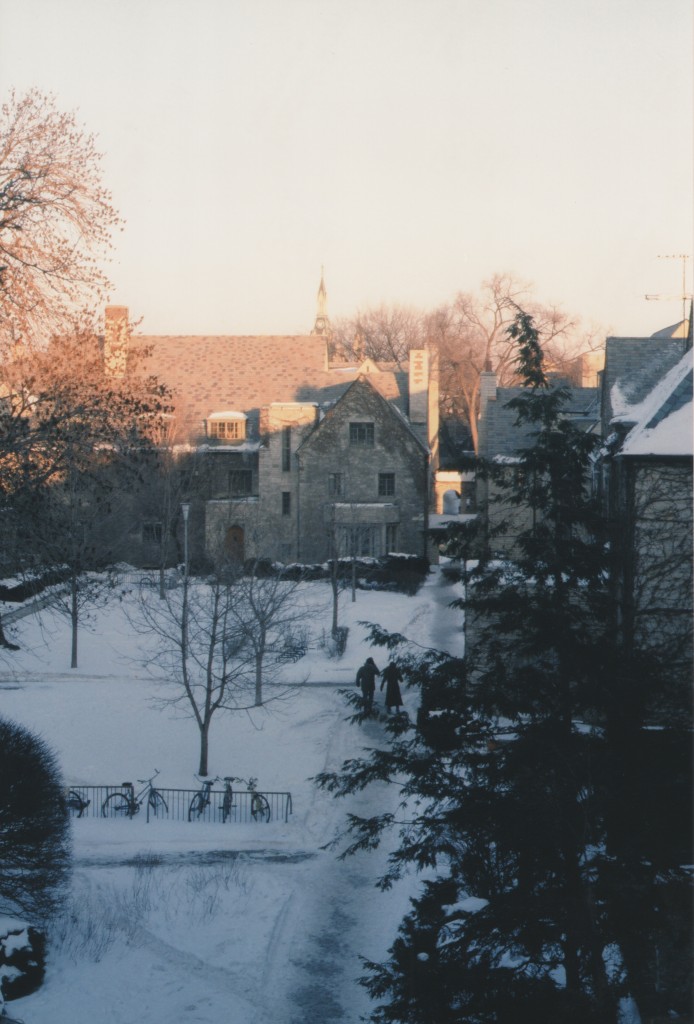
This triage resulted in the survival of a mystery opera–one I assumed to be Mozart that ultimately was identified for me in 2003 as the work of Ferdinando Paer. Paer was the first to respond to the repeated requests of the Empress of Austria, Marie Therese, who wanted a new musical setting for her favorite libretto, Leonore, a 1798 escape drama written by Jean-Nicolas Bouilly and set to music by Pierre Gaveaux.

In that winter of 1979-1980, I had no idea who had written the music and I had no clue as to the story–all I knew then (and for the next 24 years) was that the music was highly melodic and had infectious hooks. What I learned later–much later–was that the Empress’s wish was met not once, not twice, but three times: by Paer, by Johann Simon Mayr, and by Ludwig van Beethoven, for whom it was his only opera–Fidelio.
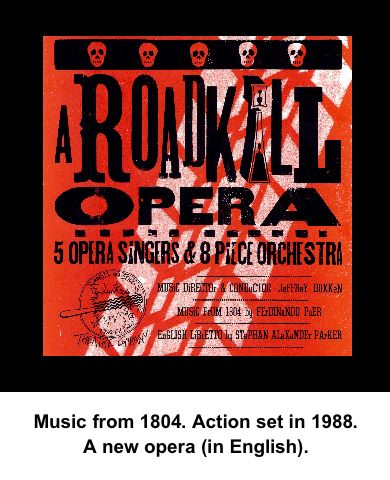
The 1804 Paer Leonora that so caught my ear was–and remains–the only commercial recording released. The album I heard was released in 1979 and was not issued on CD until after we went into the studio to record A Roadkill Opera.
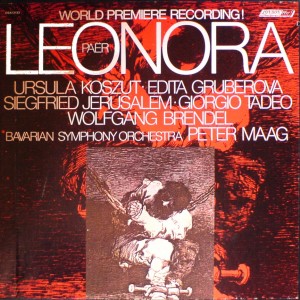
After workshopping A Roadkill Opera at Artomatic 2012 in June, in December I re-visited the shop in Vienna, Austria, that had first identified the recording for me; the staff confirmed that Leonora was still out of print. So, in January 2013, Maestro Jeffrey Dokken and I reassembled most of the workshop performers to record A Roadkill Opera.
One of the things I learned from John Rice’s excellent book Empress Marie Therese and Music at the Viennese Court, 1792-1807, was that Paer had been a regular performer in the Empress Marie Therese’s house concerts–that is, her performances put on only for her own amusement in her palace chambers. When Paer was composing Leonora for the Empress, I am sure the had in mind both his ambition to have the opera performed in public with full orchestra (as reflected in the 1979 Maag recording) and the likelihood that the Empress would perform the work in chambers with a smaller ensemble. Our workshop and recording of A Roadkill Opera reflect how Paer likely anticipated the Empress would hear and perform the work.
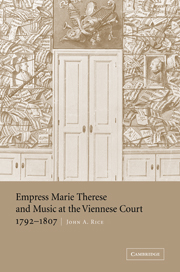
After we laid down the orchestral tracks and the scratch tracks for the vocals in January 2013, I found out that the music that had first inspired me had been released for the first time on CD. The Decca Eloquence label in Australia released Leonora on a two-CD package that includes the libretto. You get the lyrics in English translation as well as the original Italian.
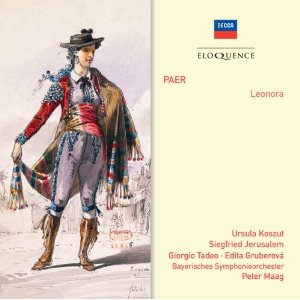
We pressed on with our recording of A Roadkill Opera. In the do it yourself punk spirit of the Chicago music scene I grew up in, by the end of 2013 I also published the sheet music so you can follow along, play along or put on your own chamber performance. You can find the album and sheet music for A Roadkill Opera on Amazon; the recording is also available on iTunes and CD Baby. If you are looking for an unusual holiday gift, I can about guarantee they don’t have this!
